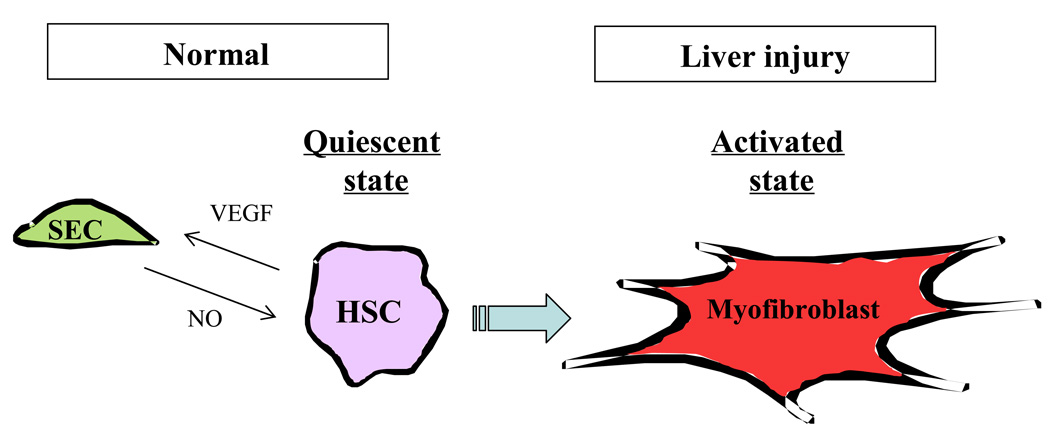Figure 3. Interactions among hepatic cells and myofibroblast activation.
Hepatic circulation is unique from most other vascular beds owing to complex interactions between several liver specific cell-types, including specialized sinusoidal endothelial cells (SEC), pericyte-like hepatic stellate cells (HSC), macrophage-like - Kupffer cells (Mϕ) and additional blood-derived cells. Signaling between these cells maintains sinusoidal homeostasis and conversely, alterations in signaling lead to sinusoidal pathobiology. In particular, SEC can maintain HSC in a quiescent state and limit HSC mass through NO generation, conversely HSC (and other cells) produce VEGF that maintains SEC phenotype and specialized function. This cross-talk between SEC and HSC is disrupted in chronic liver disease and contributes to alterations in the hepatic sinusoid including HSC activation.

